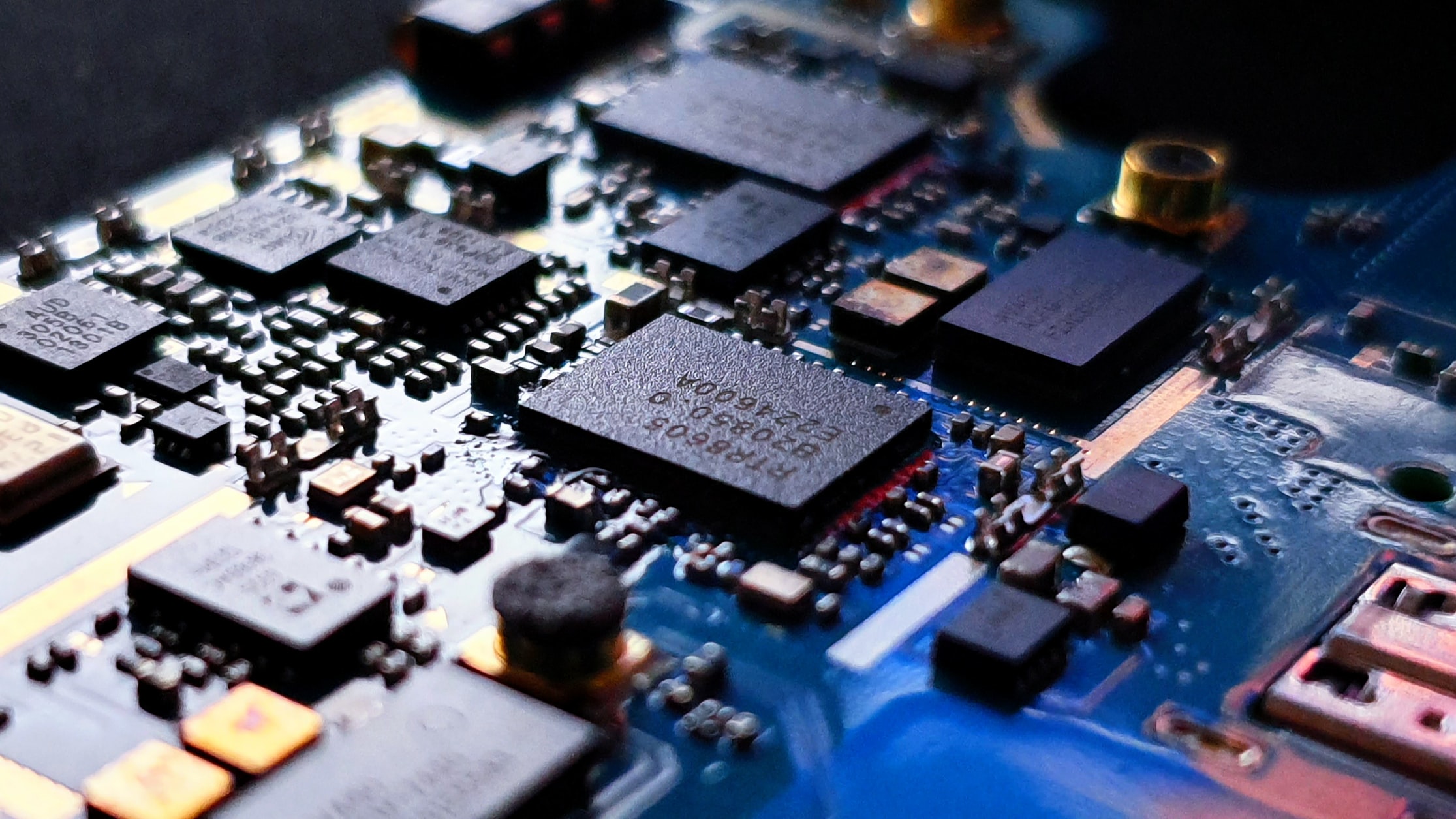- Tuesday, April 23, 2024

By: Admin Super
Our current epoch, dating from at least the 1970s to today, is commonly referred to the information age. This is due to the fact that this is the period of time wherein humanity has made use of computers of increasing sophistication in order to improve our lives and increase our capacities. One fascinating element of the computer age is miniaturization. This describes a recognizable feature of modern technology — that it appears to consistently get smaller, yet more efficient and powerful, with each successive generation.
In 1965, former CEO of Intel Gordon Moore posited that the number of components in, and thus the capacity and power of, a computer chip appears to double every two years. This theory, now known as Moore’s Law, appeared to be true and lined up neatly with advancements in silicon technology up to the mid 70s. Since then, as technological progress has run up against fresh engineering and manufacturing challenges, the law appears to not be so absolute as was once supposed.
In spite of this, there’s no doubt that technology does tend to accelerate in sophistication in an exponential manner. The early British code breaking computer, the Colossus, was big enough to fill a large warehouse, weighed 5 tons and required 7 kilometers of wiring to operate. Nowadays, we carry around handheld computers that are literally millions of times more powerful than this direct ancestor. Another pertinent example to look at is the computer guidance systems that enabled man to set foot on the moon in 1969, as these computers had less processing power than your modern kitchen appliances.
Elsewhere, this phenomenon can be found in the development of slot games. These machines started life as fully mechanical devices around the turn of the 1900s. They lacked many of the automations that would come to define later models, with payouts, for example, having to be handled by a physical attendant. As these machines became more refined they began to incorporate more electronic components. These circuit boards were able to do the task of the mechanical components far more efficiently and cheaply. This led to greater exposure and popularity for these machines.
By their hey-day on the Las Vegas strip in the 50s and 60s, the machines were already almost entirely electronic. They merely retained the famous “one armed bandit” lever from their mechanical forebears for novelty purposes. And with the rise of smart devices, the most popular way people play slot games is in an entirely digital form on reputable platforms today. These versions can do everything their physical counterparts can do, and much more. What’s more, by their very nature as immaterial digital objects, they can be accessed from anywhere in the world.

One area where miniaturization is felt most keenly is in the medical sector. Take the pacemaker as a key example: the earliest cardiac pacing devices of the early 1950s were large external batteries that were bulky, incredibly costly, and energy intensive. By the end of that decade, the technology had shrunk enough to be implanted in patients. Over successive generations, these devices have become smaller and more efficient. The future of this technology is to develop even smaller microchips that can be powered off the body’s natural electric current, doing away with the need for an external battery.
As our technology miniaturizes, wearable versions of devices will become more popular. Only 10 years ago, wearable technology products were not only rare, but large, cost prohibitive and suffered from poor performance and battery life. Nowadays, over 500 million people use wearable tech products ranging from general purpose smart devices, such as the Apple Watch, to specialized fitness bands such as the Fitbit. We are also increasingly seeing the development of augmented reality headsets, with early examples such as 2013’s Google Glass serving as a prototypical example.
Even technology giants Apple, a historically conversative company, has announced the imminent release of their own augmented reality headset. That device, which will hit the market within the next 2 years, will prioritize lightweight materials and will make use of the most efficient components available.